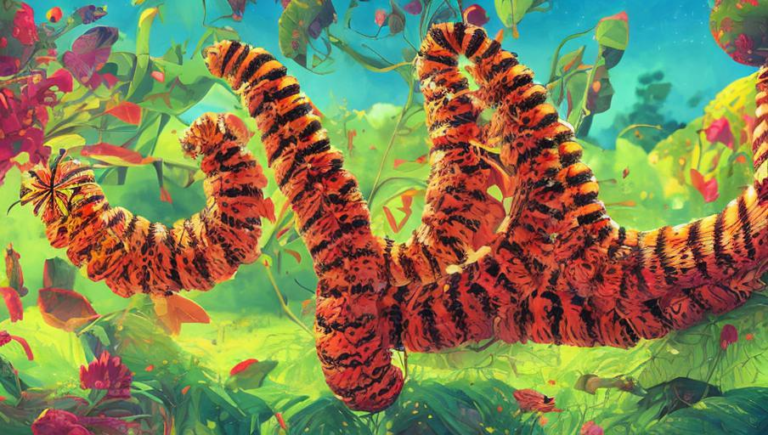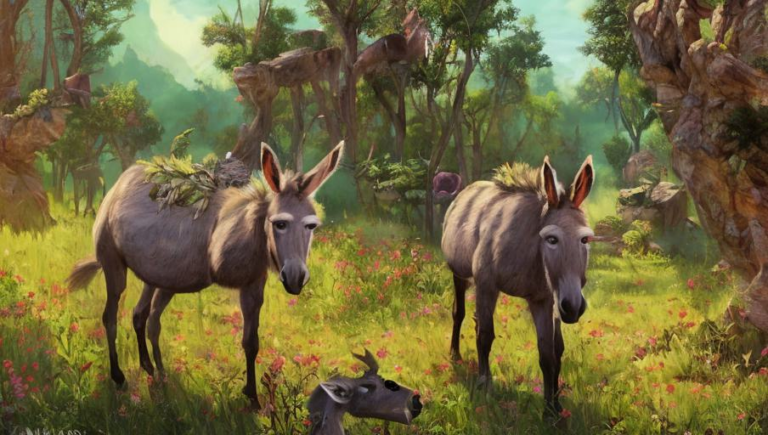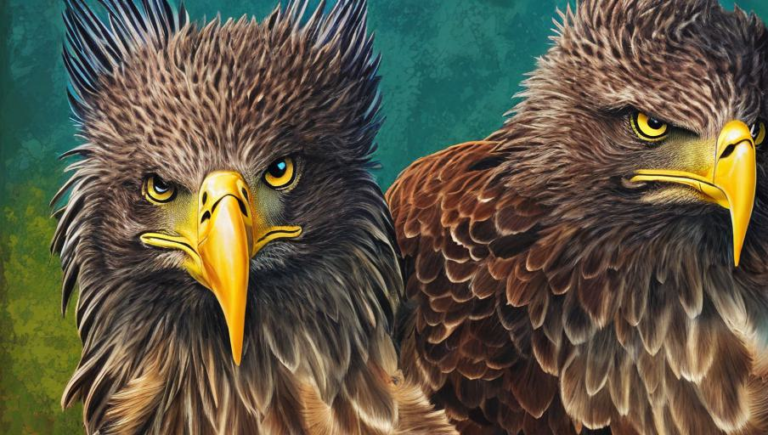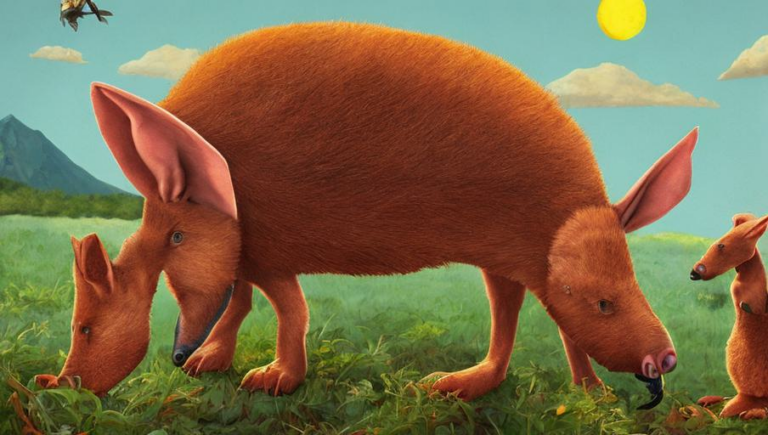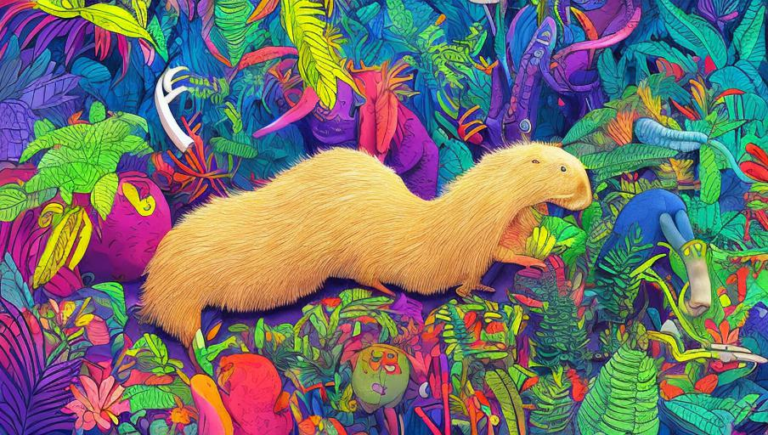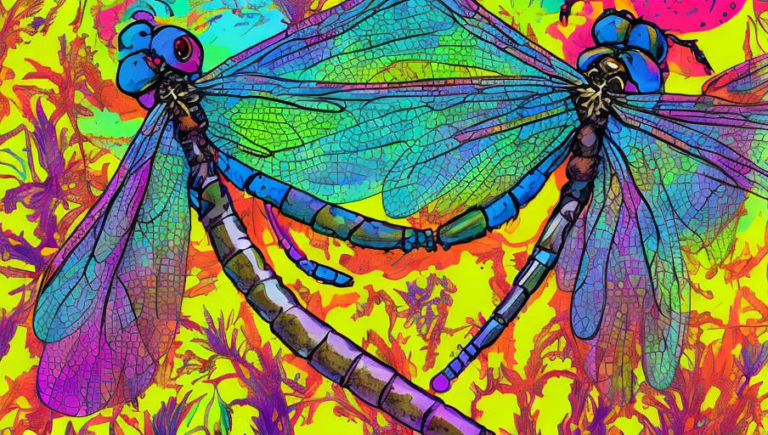The Effects of Human Interaction on Cobras
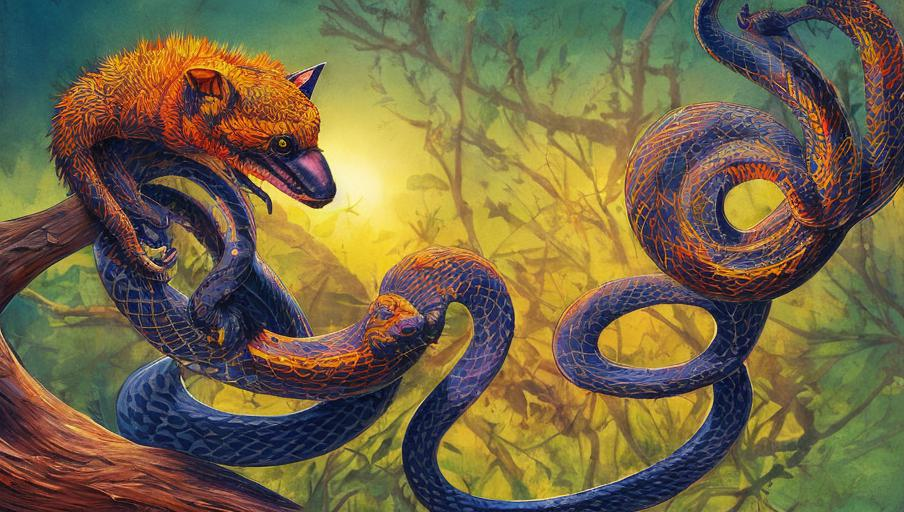
Introduction
Cobras are a type of venomous snake found in tropic and subtropic regions of Africa, Asia, and some Pacific Islands. They are known for their distinctive hoods, which they display when threatened. Humans have interacted with cobras for centuries, and their interactions have had both positive and negative effects.
The Positive Effects of Human Interaction
Humans have long admired cobras for their beauty and grace. In some cultures, cobras are even worshipped as gods. Additionally, cobras can provide a number of benefits to humans, as they prey on pests such as rats, mice, and other rodents that can damage crops and spread disease. In some areas, cobras are even kept as pets and are trained to perform tricks.
The Negative Effects of Human Interaction
Unfortunately, human interaction with cobras can also have negative consequences. Humans often hunt cobras for their skin, which is used to make clothing and accessories. This can have a devastating effect on cobra populations, as they are not able to reproduce quickly enough to sustain the demand. Additionally, humans often destroy cobra habitats, either through deforestation or urban development, which can lead to a decrease in cobra populations.
Conclusion
Human interaction with cobras can have both positive and negative effects. It is important to be aware of these effects and take steps to ensure that human interaction with cobras is sustainable and beneficial for both humans and the cobras themselves. By understanding the impact of human interaction and taking steps to protect cobra populations, we can ensure that they will remain a part of our planet for generations to come.
